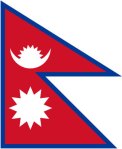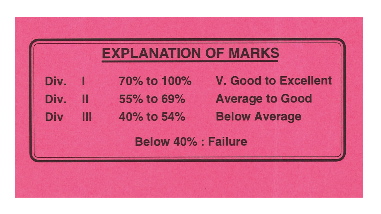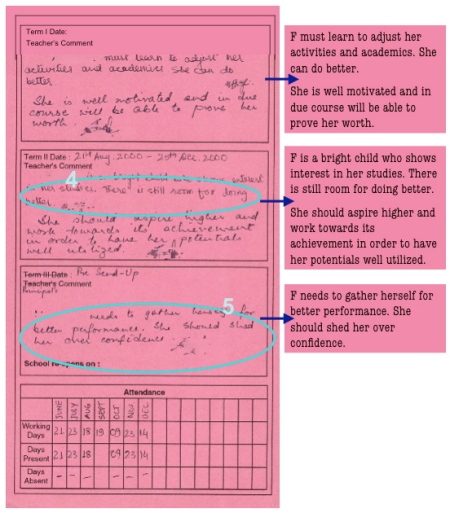
For the next several weeks, we’ll look at report cards from around the world.
~Fasten Your Seat Belts~
~Second Stop ~ Kathmandu~
.
.
![himalayan_peaks_nepal_photo[1] himalayan_peaks_nepal_photo[1]](https://findingschools.files.wordpress.com/2009/10/himalayan_peaks_nepal_photo11.jpg?w=150&h=97) Kathmandu, the capital city of Nepal, which is home of the mighty Mount Everest. Though troubled by unrest in the last few years, Kathmandu remains a popular tourist destination, especially among the adventurous. As a developing country, Nepal has made enormous strides, though life expectancy (at 63 years) remains low and infant mortality rates highest in the region. Although Wikipedia suggests a 98% literacy rate in the city of Kathmandu, the World Bank reports a literacy rate of 48.2% for the country, and highlights gender disparity (female: 34.6%, male 62.2%). Regardless, Kathmandu has many schools that offer a quality education.
Kathmandu, the capital city of Nepal, which is home of the mighty Mount Everest. Though troubled by unrest in the last few years, Kathmandu remains a popular tourist destination, especially among the adventurous. As a developing country, Nepal has made enormous strides, though life expectancy (at 63 years) remains low and infant mortality rates highest in the region. Although Wikipedia suggests a 98% literacy rate in the city of Kathmandu, the World Bank reports a literacy rate of 48.2% for the country, and highlights gender disparity (female: 34.6%, male 62.2%). Regardless, Kathmandu has many schools that offer a quality education.
.
Pupil Progress Report Basics
- Type of School: Local, English-standard school
- Academic Year: 2000 – 2001
- Class: X (10)
Here’s the report card! The blue circles highlight a few interesting aspects of the report and the numbers correspond to notes below the image.

1. Population and Environment
Some schools offer Population and Environment, a class that may be equivalent to Human Geography (offered as an Advanced Placement class in the American system).
2. Percentage and Position in Class
This student received 70s in her classes (which would be a C average in the United States), however this is considered “Very Good to Excellent” in the Nepali education system. Her high achievement becomes evident in her position in class: 2nd, 3rd or 4th out of 19 students. Speaking of which, the class rank would rarely be reported in most American classrooms, except for the valedictorian at graduation. This illustrates differing values in competition within the educational system.
3. Division
In the Nepali system, students are separated into three divisions, a sort of “streaming.” Here’s a break down of the divisions:
 Here’s the second page of the progress report:
Here’s the second page of the progress report:

4. Teacher’s Comments… “Try harder and do better”
Unlike the report card from Dalhousie, the Nepali progress report includes teacher’s comments (which covers about 50% of the card). The general theme, even for one of the highest achieving students, seems to be “to do better,” “prove her worth,” and “aspire higher.”
5. “She should shed her over confidence”
This statement clearly demonstrates a cultural difference in the value of confidence versus, perhaps, humility? Has your teacher ever said you were over confident?

See Report Card from Dalhousie, India; Soro, Denmark
Report card analysis to look forward to: Malawi, Australia, Canada, Mexico and more!

Mega-fascinating!
Across the globe…so much unites us. Parents want to see a good report about their kids. Love this blog! Thanks, School Choice International!!
xo$, Ellen Rohr
http://www.barebonesbiz.com
[…] Report Card from: Kathmandu, Nepal; Dalhousie, […]
[…] seen so far, this evaluation is 11 pages long (for instance, the report cards from Dalhousie and Kathmandu are two pages and consist primarily of numbers, rather than words). While many other educational […]
Thanks for every other informative blog. The place else may I am getting
that type of info written in such an ideal approach?
I have a project that I’m just now operating on, and I have been at the glance out for such info.